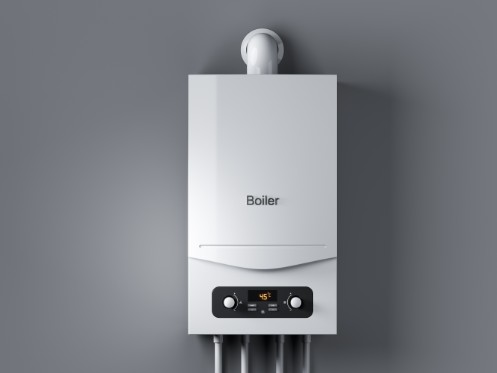The Potential Downsides of a Tankless Water Heater

A tankless water heater is an important appliance in many households, providing hot water on demand and eliminating the need to store gallons of heated water. Tankless water heaters provide a steady supply of hot water without taking up much space or using as much energy as traditional models. However, there are some potential downsides to using a tankless water heater that you should consider before making the switch.
Potentially Higher Purchase and Installation Costs
One of the main causes of high up-front installation costs for a tankless water heater is the cost of the unit itself. Tankless systems can be two to three times the price of a tanked unit. The installation will also cost more than a simple tanked water heater replacement as well. Tankless systems require additional plumbing and ventilation that traditional models don’t, which can add to the overall price tag. The installation may also include additional components, such as a pre-heater or flow control device, which can also add to the cost.
If you’re planning on replacing your storage tank system, you may need to reevaluate the location of your hot water heater. The location of the unit is typically higher on the wall than a tanked unit. Due to the higher intensity of the steam that comes from these units, the code for ventilation is stricter and may require a direct, vertical vent to the roof or out of the side of the home. In some cases, an installer may recommend that you relocate your hot water heater to a different location in the home.
Power Outages
Tankless water heaters typically use electric starters, even when they run on natural gas or propane. While a tanked model will have a limited supply of warm water when your home loses power, this water is not available with an on-demand heater. Also, the electric starter cannot light the gas to heat your water if your home loses power unless it has a manual workaround.
They Can Take a While to Deliver Hot Water
The process of heating water can take time, and tankless systems need to heat the water as it flows through the pipes. This means that it can take several seconds before hot water is delivered from the tap. Some people may find this delay to be inconvenient, especially if their old system provided hot water immediately.
The rate at which each room in the home will receive hot water is based on the distance through the plumbing that the water must travel. Plumbing on a different floor or end of the home is typically the location where this is most noticeable. It also means that you must run (and waste) cold water for some time before you receive your hot water.
There is a workaround for this particular issue with tankless water heaters. Some homeowners will place a small under-sink heater with water that can be delivered quickly and is already heated. This means that you have access to a small volume of hot water right away for washing your face in a distant bathroom or filling the sink to wash dishes. These units are convenient, but each one can cost a few hundred dollars. This can add up if you are looking to have them in multiple rooms of your home. The additional time that comes with their installation will add to the overall price of the hot water heating system. Constantly heating this under-sink water will also reduce some of the energy costs that you are saving by removing your traditional hot water heater.
Overall, a tankless water heater can be an excellent choice for many households, but it’s important to weigh the potential downsides of such a system before making the switch. It’s also important to consult with an experienced professional before making a decision on which type of water heater is right for you. If you have questions about the potential drawbacks of tankless systems or would like to explore other options, please contact Mullen Plumbing, Heating and Cooling today. We are happy to provide honest advice and help you find the best solution for your home. We also offer water heaters, drain cleaning services, faucet installation, backflow prevention and other plumbing services in addition to AC and heating systems installation, maintenance and repairs in Kanawha and Putnam County.
